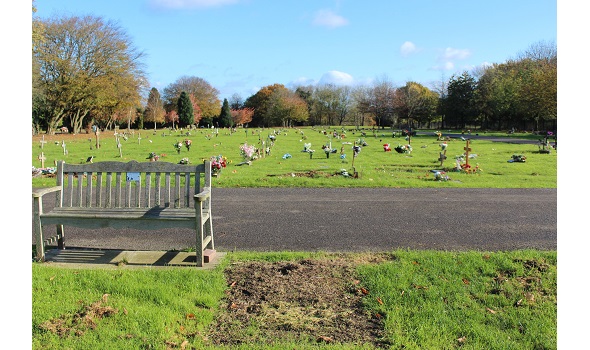Naaz Rashid - Changing Lenses
Naaz Rashid - Changing Lenses

“…not a flattening process…”
The definition of integration has changed beyond recognition from when it was first used. It is worth revisiting the term and its original meaning. In 1966, Roy Jenkins said:
“I do not regard [integration] as meaning the loss, by immigrants, of their own national characteristics and culture. I do not think that we need in this country a ‘melting pot’, which will turn everybody out in a common mould, as one of a series of carbon copies of someone’s misplaced vision of the stereotyped Englishman… I define integration, therefore, not as a flattening process of assimilation but as equal opportunity, accompanied by cultural diversity, in an atmosphere of mutual tolerance.”


Your move
Integration is a game of chess; never knowing what the other side is thinking but always having to second guess their next move before taking your next step. The recent uncertainty of Brexit and the ongoing precariousness of contract work means never being able to plan. How can we ‘integrate’ when there is no certainty? Why care about ‘belonging’ when people’s employment rights aren’t being respected and people live in ghettos?

Waiting for a Visa
We share a love of photography and met while we were both doing our PhDs. She is from Toronto, Canada and her parents hail from Syria and India originally. Despite our commonalities, our citizenship statuses separate us; she is between a student visa and a one year post doc visa and is currently in limbo, waiting for her passport to be marked by the appropriate stamp. She is unable to visit her family in Canada to celebrate her recent viva success.

Learning to integrate
A picture of my Wednesday morning class who I teach News Power & Politics – they interact and maybe ‘integrate’ through learning together and engaging in discussions about the media. In this class alone there are representatives from the Netherlands, Malaysia, Hong Kong, Taiwan and the UK. My only regret as I record their attendance is that international students’ visas are contingent on their attendance and by keeping the register I am their border guard as well as their teacher.

Final Resting Place
This is a picture of the Trent Park multi-faith cemetery in Cockfosters in north London. It is where I buried my father almost five years ago. By the time he died at the age of 82 he had lived just over half his life in the UK. Even though there is a family burial plot in our village in Bangladesh, given that his only child lives in London he decided he wanted to be buried here. Besides, the country he left behind, to which he had once dreamed of returning, was no longer recognisable to him.

Paddington Station
This is my idea of integration. Everyone going about their merry business in this spectacular building, fusing old and new. Nobody is bothering anyone else but is free to interact should they wish to do so. No coercion, no obligation, a free open space of interaction and exchange or solitude.

Home Sweet Home
Home, a place of warmth and light where the beauty also emerges from the shadows. My migrant heritage and love of travel are reflected in all the nick knacks and bright colours. These mementoes of my travels and gifts from friends from far off places paradoxically make me feel more at home.
These photos and accompanying writing were made as part of the Changing Lenses; London stories of Integration project. You can listen to my podcast for the project here:


